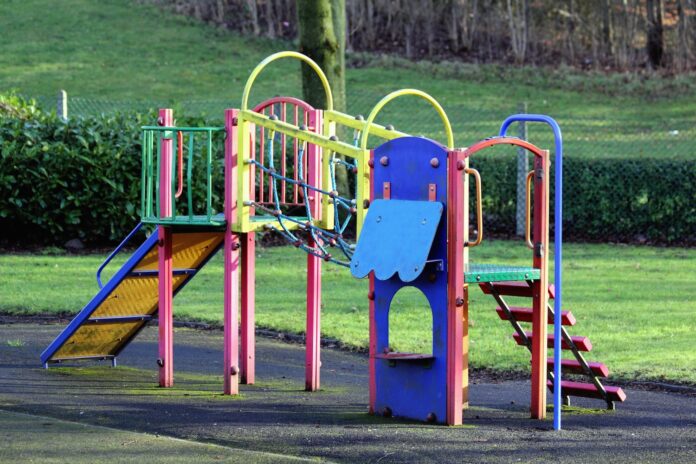
By
The hot, hot summer of 2023 ended with yet another unnerving heat record: September hit even higher highs across the globe that one climate scientist referred to as “absolutely gobsmackingly bananas.”
Not only do historically Black neighborhoods tend to be hotter than other areas in the same cities, but schools with more Black and minority students tend to have less shade, too. One study of Saint Louis schools found that the more students at a school that qualify for free lunch, the less shade there is in the schoolyard (and this is a district that is about 75% Black).
And with September marking the end of back-to-school season in the United States, the continued heatwaves meant that plenty of students went back for the “fall” semester to playgrounds and sports fields and other outdoor spaces that were dangerously overheated — particularly in redlined neighborhoods that even now still have fewer trees and more concrete.
As playgrounds tip toward being dangerously hot, schools are working to cool them by adding new infrastructure like trees and shade structures — the latter of which a new law signed earlier this month by California Governor Gavin Newsom will make more affordable to install.
 Video Of The Week
Video Of The Week

